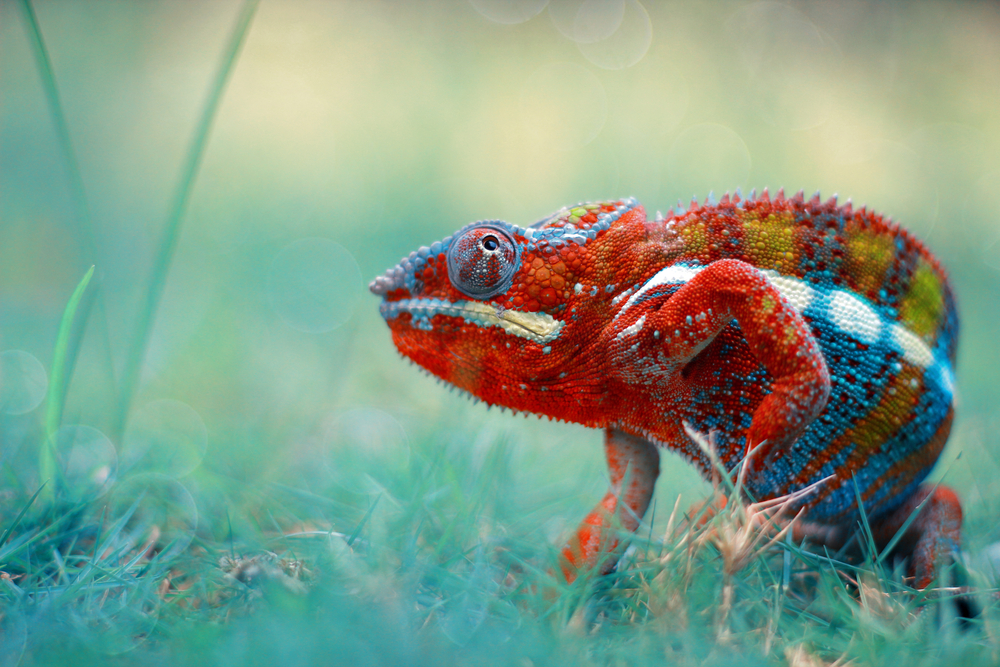Advancements have been made in the robotics sector at an accelerated pace as of late. A new documentary aired by the BBC shows how scientists are using the Pleurobot to gain valuable insights in the life of reptiles. So far, two of these reptile-like robots have been created, both of which use cameras instead of eyes. What makes these devices so “creepy” is how they look and move similar to real reptiles, although there are some minor differences.
Reptile-like Robotics Exist In The Real World
Most people would think these robots are an invention for a sci-fi movie or TV show. Well, that is not the case, as devices such as the Pleurobot are far more realistic than most people would like them to be. For the time being, these “creatures” are only used for scientific research, as they are more than capable of blending in with other reptilians, as the recent BBC One show “Spy in the Wild” goes to show.
What makes the Pleurobot so intriguing is how they look exactly like a real salamander. The only major difference is how they have no real eyes, but use camera lenses to capture and record the habits of other reptiles. Moreover, while the Pleurobot is capable of moving in a fashion very similar to salamanders, it is not capable of imitating the real deal just yet.
Developing these reptile look-a-likes has proven to be quite challenging for scientists. First of all, they needed to study salamander species up close and personal, and analyze how these creatures move in specific situations. Despite best efforts of the engineers, the movements of the Pleurobot are not an exact replication of a real salamander. Future advancements in the robotics industry will make that hurdle easier to overcome in the next few years, though.
Furthermore, the engineers have to make perfect copies of salamanders’ joints by using motors, whereas all of the “bones” are made out of aluminum and carbon fiber. Last but not least, the skin is made out of latex waterproof suits. Since salamanders spend a lot of time in the water, it is important to keep the robots’ internals waterproof at all times.
By using the research gathered during this project, scientists gain a better understanding of how reptiles work in the first place. Albeit reverse engineering the physical structure of a salamander may sound strange, it has proven to be quite a useful method. It is a better alternative to setting up expensive camera equipment and having to wait days or weeks before useful information can be recorded. These robotic reptiles can be put out in the wild, and they will blend in with the rest of the population without problems.
Controlling the Pleurobot can be done remotely, which is quite intriguing. Thanks to the small computer wired to the robot’s 24 motors, engineers can control them from as far as 1,640 feet away. Granted, it is rather unusual – and somewhat creepy – to think of robotic reptiles. For the scientific world, this is a major breakthrough that will gain more traction over the next few years.
If you liked this article, follow us on Twitter @themerklenews and make sure to subscribe to our newsletter to receive the latest bitcoin, cryptocurrency, and technology news

